Regulatory Support for Energy Efficiency
The Heating Equipment Market is significantly influenced by regulatory frameworks aimed at promoting energy efficiency. Governments across various regions are implementing stringent regulations that mandate higher efficiency standards for heating equipment. For instance, the introduction of energy labeling systems and incentives for energy-efficient appliances has encouraged consumers to opt for advanced heating solutions. This regulatory support is expected to drive the market, as manufacturers are compelled to innovate and comply with these standards. Data indicates that regions with robust energy efficiency regulations have witnessed a marked increase in the adoption of high-efficiency heating systems, thereby propelling the Heating Equipment Market forward. The alignment of regulatory measures with market trends suggests a promising outlook for energy-efficient heating solutions.
Growing Demand for Renewable Energy Sources
The Heating Equipment Market is increasingly shaped by the growing demand for renewable energy sources. As consumers become more environmentally conscious, there is a shift towards heating solutions that utilize renewable energy, such as solar thermal systems and biomass boilers. This trend is further supported by government initiatives promoting the use of renewable energy in residential and commercial heating applications. Recent statistics reveal that the market for renewable heating solutions is projected to expand significantly, with an expected growth rate of over 10% annually. This shift not only addresses environmental concerns but also aligns with global efforts to reduce carbon emissions. Consequently, the Heating Equipment Market is likely to see a surge in the adoption of renewable heating technologies, reflecting a broader commitment to sustainability.
Technological Advancements in Heating Equipment
The Heating Equipment Market is experiencing a notable transformation due to rapid technological advancements. Innovations such as smart thermostats, energy-efficient boilers, and advanced heat pumps are becoming increasingly prevalent. These technologies not only enhance user convenience but also contribute to energy savings, which is a critical factor for consumers. According to recent data, the integration of smart technologies in heating systems has led to a reduction in energy consumption by up to 30%. This trend is likely to continue as manufacturers invest in research and development to create more efficient and user-friendly products. As a result, the Heating Equipment Market is poised for growth, driven by the demand for modern, efficient heating solutions that align with contemporary consumer preferences.
Increased Investment in Infrastructure Development
The Heating Equipment Market is benefiting from increased investment in infrastructure development across various sectors. As urbanization continues to rise, there is a growing need for efficient heating solutions in residential, commercial, and industrial buildings. Governments and private entities are allocating substantial resources to upgrade existing infrastructure and develop new projects, which in turn drives demand for advanced heating equipment. Recent reports indicate that infrastructure spending is expected to reach unprecedented levels, with a significant portion directed towards energy-efficient heating systems. This trend suggests that the Heating Equipment Market will experience robust growth as new construction and renovation projects prioritize modern heating solutions that meet contemporary energy standards.
Consumer Awareness and Education on Energy Efficiency
The Heating Equipment Market is increasingly influenced by consumer awareness and education regarding energy efficiency. As information becomes more accessible, consumers are becoming more informed about the benefits of energy-efficient heating solutions. This heightened awareness is leading to a shift in purchasing behavior, with more consumers actively seeking out products that offer long-term savings and environmental benefits. Educational campaigns and resources provided by manufacturers and government agencies are playing a crucial role in this transformation. Data suggests that regions with strong consumer education initiatives have seen a notable increase in the adoption of energy-efficient heating systems. Consequently, the Heating Equipment Market is likely to continue evolving as informed consumers drive demand for innovative and sustainable heating solutions.


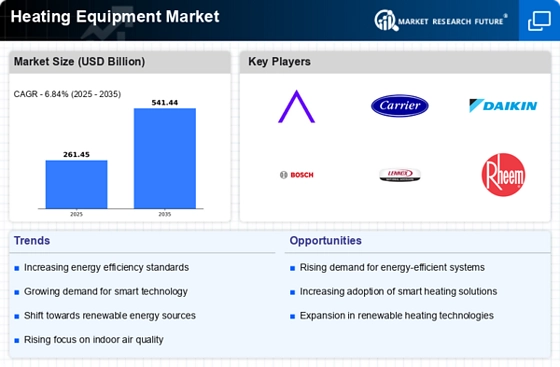
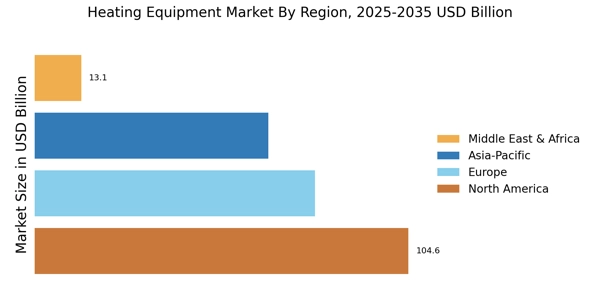
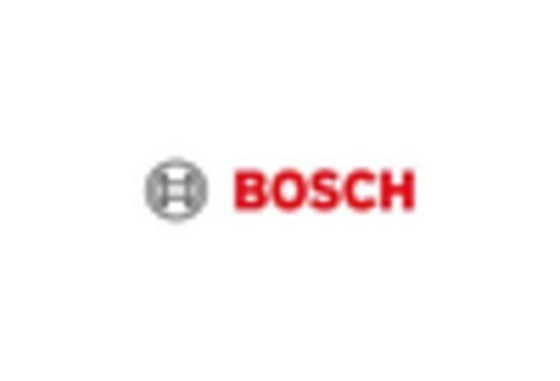

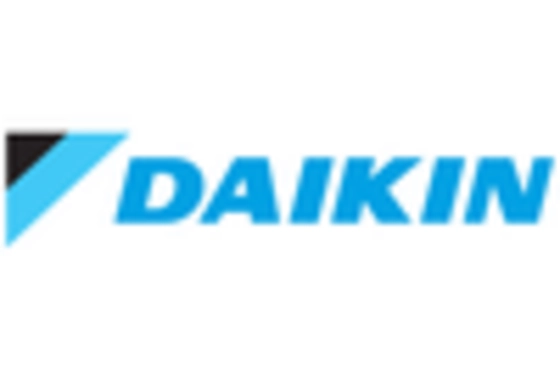
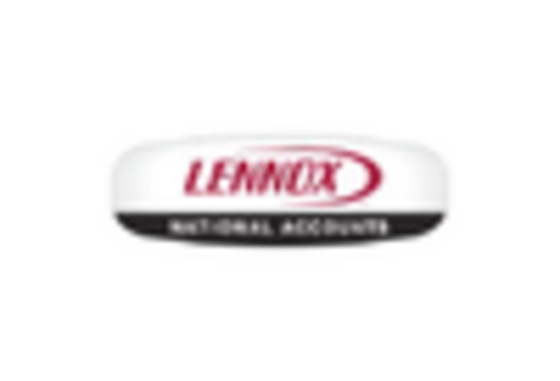










Leave a Comment